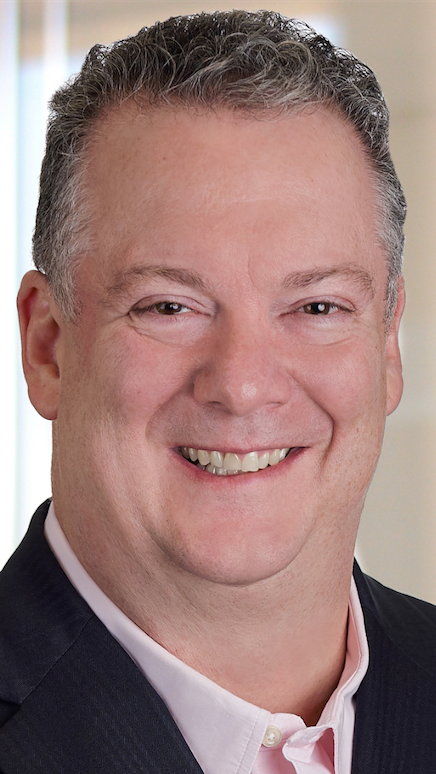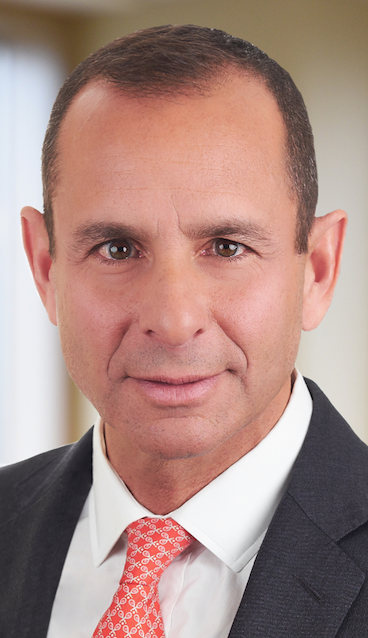An interview with Burns & Levinson partners Joseph M. Maraia and Howard Susser.
CCBJ: What are the advantages of retaining a firm with expertise in both IP litigation and also patent prosecution and counseling practices?
Joe Maraia: One of the biggest advantages is that our prosecutors and litigators work hand-in-hand to develop the best business solutions for our clients while providing a training environment that makes our prosecutors and litigators better. For example, we typically have mid-level prosecutors working on litigation and through this process they become better claim drafters, especially after being involved in a Markman brief and hearing.
Howard Susser: In the 1990s, general practice firms began acquiring IP boutiques for their lucrative litigation practices. They retained the patent prosecution practices that came along with the deals, but only because they viewed prosecution as a loss-leader that could lead to litigation and not something they wanted to focus on. We are a full-service IP firm that has invested in building both our patent prosecution and litigation practices. We can better serve our clients by delivering all of their IP related services – this helps us better understand their businesses and technologies, and makes us better strategic advisors.
Give us some examples of how you collaborate to help clients protect their intellectual property.
Maraia: I started my legal career as a patent prosecutor but have gotten more involved in counseling and providing business solutions to complex IP problems, including IP litigation and opinion work. For these matters, I work very closely with Howard. His knowledge of the nuances of IP litigation, a don’t-back-down attitude and a roll-up-your-sleeves work ethic provides our clients a no-nonsense efficient approach to solving business problems.
Susser: I am a licensed patent attorney but have only practiced in litigation. However, my training provided an understanding of the patent office practice and of substantive patent law. Joe brings an expertise in electrical engineering and mechanical arts, and is able to understand and explain complex concepts, technical disclosures, and sees many of the angles in litigating patent cases that only someone with his range can see.
What is the most exciting project or case you’ve worked on over the past year?
Maraia: Howard and I represented a large multinational publicly traded electronics company in a patent infringement matter that concluded very favorably for our client. What I enjoyed most is how Howard and I challenged each other on the different twists and turns that developed throughout the case to come up with the best business solution. His keen ability to understand complex issues and explain them in a way an average person can understand is unique.
Susser: Our client in this case was sued by a competitor for patent infringement. Working with Joe to develop our client’s validity defenses showcased our overlapping but distinct skill sets to achieve a very favorable outcome.
Is there a project or case that you are most proud of?
Maraia: I enjoy solving business problems for my clients using IP solutions. I am extremely proud of developing an IP strategy for one of my clients that covers its closest competitors using its existing patent portfolio. We are hopeful this strategy will allow our client, and its competitors, to compete in the marketplace without having to worry about the threat of a patent infringement action.
Susser: In over 30 years of handling IP litigation, I have achieved favorable results for clients monetarily, competitively and personally. I love defending small companies against large aggressive adversaries in bet-the-farm cases, where the favorable outcome saved the company and the jobs of its employees. In one case – a trade secret and copyright infringement matter involving renewable energy software systems – I received multiple thank you notes from employees, many of whom worked with me on the case and saw firsthand our dedication and commitment.
What are the biggest challenges currently confronting you and your clients right now? Are there others on the horizon?
Maraia: Cost. I’ve heard too many times that patent procurement work is a commoditized business, which is far from the truth. There is a cost associated with obtaining a quality patent that will provide a competitive advantage in the marketplace. This cost includes understanding your client’s technology, business goals and the competitive landscape. Yes, there are other firms that may be cheaper, but they are not providing better service, and it’s not until a problem arises, such as a dispute, that the client figures this out.
Susser: Expense and unpredictability. Patents are vital to our economy and provide the incentive for R&D investment. However, the expense and unpredictability of patent litigation can be daunting, especially for a small- to mid-sized company. Expense comes from many sources, including discovery of electronically stored information, and the hosting of millions of documents through the lifetime of a case. The issue of protectable subject matter as it relates to computer and software inventions also remains a moving target, despite guidance from the U.S. Supreme Court in its landmark Alice decision. We work with clients to consider all avenues of protection, and help keep costs and fees down through our unique efficiencies and business model.
Why should a client hire Burns & Levinson for patent prosecution, counseling and litigation versus your competitors?
Maraia: We are highly responsive and provide high quality, cost effective IP solutions for our clients, including patent prosecution, counseling and litigation. Most of us have worked at Big Law and are available on a moment’s notice to jump on a call to help calm down a client.
Susser: For large clients with a money-is-no-object attitude toward IP enforcement, the mega-firms and elite boutiques provide talent and results, but at a cost. Our firm has many attorneys like us who came up through the ranks in the big firms and boutiques, but now practice in a mid-sized firm that delivers that quality of service, analysis, creativity, etc., but at much more competitive rates. This type of efficiency is hard to come by in larger law firms.
Published September 3, 2019.




